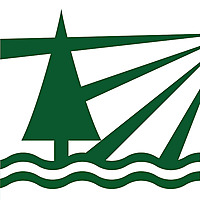Engineering-Physics Space Plasma Seminar
Guest Speaker: George Clark, Research Scientist, Johns Hopkins University-Applied Physics Laboratory
Title: NASA’s Juno mission to Jupiter and its investigation of the powerful jovian auroras
Abstract: Of all the planets within the solar system, Jupiter’s space environment is often described using superlatives: fastest rotating planet, strongest magnetic field, most powerful aurora, biggest magnetosphere, etc. These qualities make experimental pursuits very exciting and ripe for discovery. One prime example, and the topic of this presentation, is the pursuit of the underlying physics powering Jupiter’s auroras. Prior to 2016, the phenomenological picture of Jupiter’s northern aurora was moderately established based on sparse ultraviolet and X-ray observations from Earth-orbiting observatories. Already the auroral maps hinted that the jovian aurora were driven in a much different manner than Earth’s and likely Saturn’s. Lacking, however, were direct measurements in the auroral region to test various theories. In 2016, NASA’s Juno mission provided the first ever measurements of Jupiter’s polar magnetosphere and auroral region. The first few orbits revealed that Jupiter was much different than Earth and more complex than the theories originally established. Juno has been orbiting for nearly four years now and has executed 24 polar orbits with an altitude over Jupiter’s one-bar “surface” of just a few thousand kilometers. In this presentation we will show the various discoveries Juno has made to date with a focus on the main and polar aurora from the perspective of energetic electron and ion signatures measured by the Jupiter Energetic particle Detector Instrument (JEDI). We will also discuss how these observations are challenging previous theories, new causal links being established, comparative aspects to Earth and the future of Juno in its potential extended mission.
